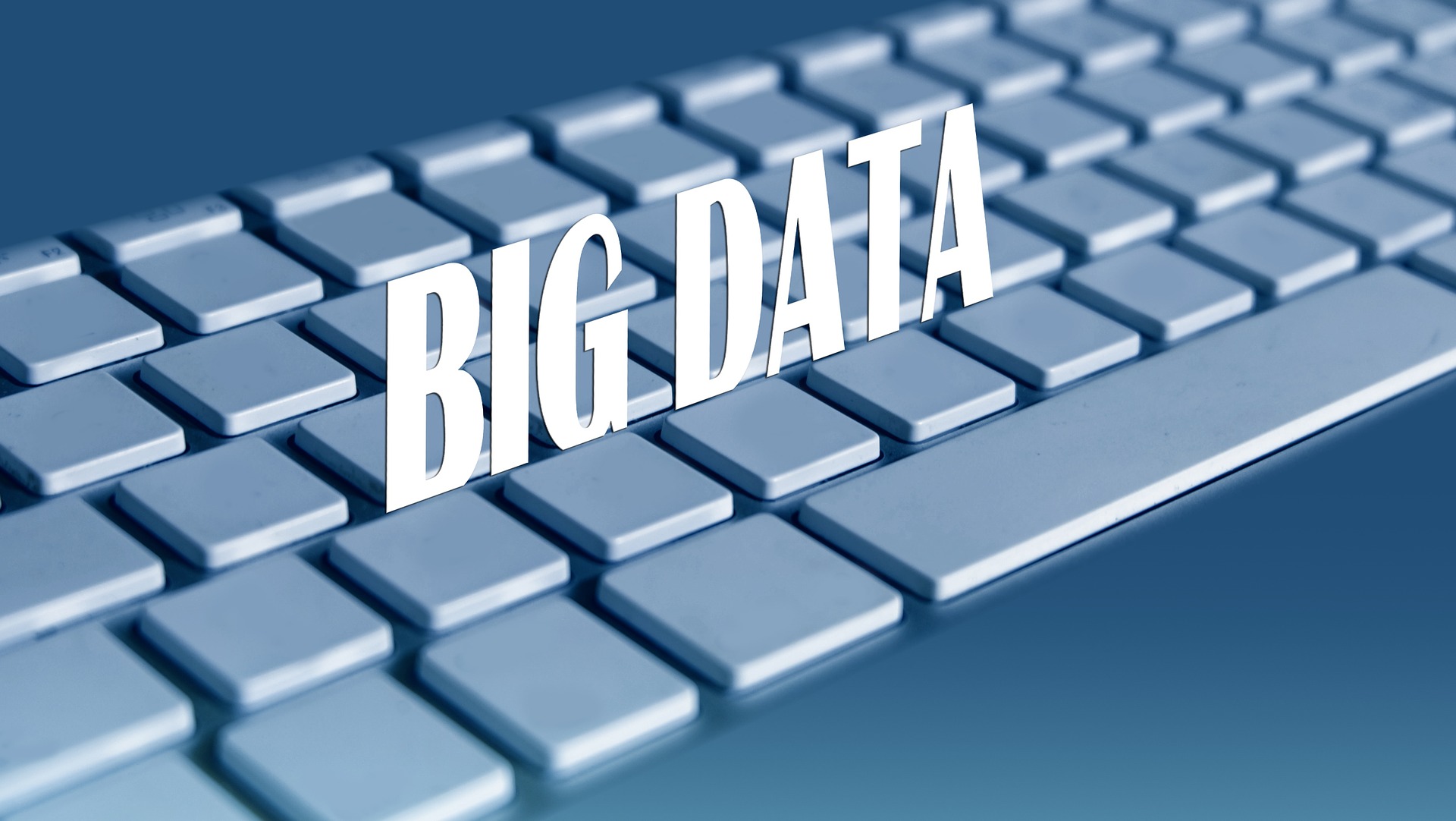How AI & machine learning are supporting balanced scorecards?
Balanced scorecard is a combination of different KPIs in finance, customer perspective, internal processes, learning and innovation in any organization. What makes AI (artificial intelligence) and ML (machine learning) to be remarkably considered is the power that these two factors bring in data gathering, root cause analysis and data understanding.
The time to only gather data with the help of a computer has passed. It's already old-fashioned.
Now we expect computers to gather data, purify it and then analyze it for us to use it more practically.
If you agree with the above basics then you should also agree that the entire system of KPIs should be supported by such a model not only to be more automated but also to be more reliable.
We don't define KPIs to punish our employees. We define it to understand how we can grow the business and on top of it, how to help our people to gain more skills. Right? In the process of using balanced scorecard and KPIs, mainly, we go through the gathered data to understand three issues:
- Are we on the right track?
- How can we improve the results?
- What are the bottlenecks to stop or slow us down?
If the number of KPIs and the processes are not many, then probably, we can analyze things and get the reply of the above questions with a few hours of studying and couple of meetings but what if the number of KPIs are many and they are changing on daily basis? What if we have so many indices predefined to support our KPIs? For example: when we would like to check sales in different stores, we cannot just count the total number of sold items or the cash amount received at the end of the day.
We need to measure many indices supporting such KPIs. Indices such as peak of sales hours, number of items sold per customer. If we are allowed then we should collect the age, sex, even race and other factors about the customers. These factors as you know are not KPIs as our CFOs usually don't care how old our customers are and where they are coming from. They just see the cash in the account to plan for the next month's cash flow and etc. But you as the CEO or CMO are always worried about these measures to plan for improvement.
As you see in the above example, these indices on a daily basis can grow to millions and billions. Something that we call "big data". Then planning for big data and understanding how they can support the KPIs is not the job of a simple software and we need to bring AI and ML to help us. But how?
Let's get back to the above example. In retail business, CEOs, COOs and shop managers come up with different daily and weekly strategies to boost the sales. For example: on Monday mornings to create traffic inside the shops they may decide to add few percent more discounts or to engage couples to be shopping at the same time, they may offer unisex products with attractive prices in case you buy them at once. Also to make seniors do the shopping often, customized messages can be sent to them to remind them of the birthday of their grandchildren.
As you see, the number of instructions for each day of the week, for each hour of the day and for each specific shop could be different and could change from time to time. Here, the role of well-defined indices and KPIs is massively important.
Just as a reminder indices are measurements to support KPIs. For example total sales can be a KPI while many smaller measurements are supporting it such as number of shoppers per day, number of different products, models, sizes and etc. Only one number as sales doesn't give us much information but when we consider the indices then we understand what is behind each KPI.
Now that we have a common understanding from KPIs and indices, let's have a look at the role of AI and ML. In the mentioned example there are many items to be considered as a strategy or a sub-strategy for retail to boost the sales. In some shops traffic matters more than offering unisex products, in other cases, other decisions may help. Also, hourly, daily and weekly decisions from shop to shop might be different depending on location of the shop, regular buyers, their age and other categories.
In such cases, humans cannot decide to plan for each shop. There are too many items to be considered but if we use AI as a process or a dynamic program to enter different data at different times and then as the output we extract different guidelines then our job would be easier and the decisions would be more accurate and efficient.
In the last few years, we can enjoy the combination of AI, ML and balanced scorecards. The truth is that we should be very careful about defining the KPIs and indices. Computers can only compute! They cannot help us in all aspects of strategy formulation and execution but they can help us to decide better.

